Bringing a new baby home is an exciting milestone, but it can be a big adjustment for your cat. Cats thrive on routine and predictability, so sudden changes in their environment can cause stress or anxiety. However, with proper preparation and gradual introductions, your cat and baby can form a safe and loving bond.
In this guide, you’ll learn how to prepare your cat for a newborn, reduce stress, and ensure a smooth transition for both your pet and your growing family.
1. Prepare Your Cat Before the Baby Arrives
Cats are sensitive to changes in routine, smells, and sounds. Preparing them before the baby arrives helps them adjust gradually.
✅ Steps to Get Your Cat Ready:
✔ Introduce baby-related items early (crib, stroller, baby clothes).
✔ Play recordings of baby sounds at low volume to get them used to new noises.
✔ Apply baby lotion on your hands so your cat gets used to the scent.
✔ Gradually adjust routines (feeding, playtime) to match the new schedule.
🚨 Common Mistake: Waiting until the baby arrives to make changes.
Instead: Make small adjustments weeks before to reduce stress.
2. Create Cat-Friendly Spaces
With a new baby in the house, your cat needs quiet, stress-free areas where they can retreat.
✅ How to Make Your Home Comfortable for Your Cat:
✔ Set up a cat-only room with their bed, toys, and litter box.
✔ Provide vertical spaces like cat trees or shelves for escape options.
✔ Keep litter boxes in low-traffic areas to avoid disturbances.
🚨 Common Mistake: Suddenly restricting access to rooms.
Instead: Gradually redirect your cat to new areas so they feel secure.
3. Teach Your Cat Gentle Boundaries
Your cat needs to learn where they can and cannot go once the baby arrives.
✅ Training Tips:
✔ Keep the crib off-limits by covering it when not in use.
✔ Place double-sided tape or a mesh cover on baby furniture.
✔ Reward your cat for staying off certain areas (positive reinforcement).
🚨 Common Mistake: Scolding or punishing the cat.
Instead: Use gentle training methods and redirect behavior with positive reinforcement.
4. Gradually Introduce Your Cat to Baby Smells and Sounds
Cats rely heavily on scent and sound to recognize changes in their environment.
✅ How to Help Your Cat Adjust:
✔ Let your cat sniff baby blankets or clothes before meeting the baby.
✔ Start with low-volume baby sounds and increase gradually.
✔ Keep your cat’s routine as normal as possible to reduce stress.
🚨 Common Mistake: Overwhelming the cat with too many new smells at once.
Instead: Introduce one new scent at a time to prevent anxiety.
5. The First Introduction: How to Introduce Your Cat to the Baby
The first meeting should be calm and controlled to avoid stress for both the baby and the cat.
✅ Step-by-Step Introduction:
- Let your cat observe the baby from a distance at first.
- Reward your cat for calm behavior with treats or praise.
- Allow supervised sniffing only if the cat is relaxed.
- Keep interactions short and positive in the beginning.
🚨 Common Mistake: Forcing interaction too soon.
Instead: Let your cat approach at their own pace and never force contact.
6. Prevent Jealousy by Giving Your Cat Attention
Cats may feel left out or neglected when the baby becomes the center of attention.
✅ How to Keep Your Cat Happy:
✔ Stick to regular feeding and playtime schedules.
✔ Spend one-on-one bonding time with your cat daily.
✔ Let your cat sit near you while holding the baby (if they’re comfortable).
🚨 Common Mistake: Ignoring your cat’s need for attention.
Instead: Show them they are still a valued part of the family.
7. Monitor Your Cat’s Behavior Around the Baby
Even the calmest cats can be curious or startled by a baby’s sudden movements and sounds.
✅ Safety Tips for Baby and Cat Interactions:
✔ Always supervise their time together.
✔ Watch for signs of stress or aggression (hissing, tail flicking, hiding).
✔ Never leave the baby and cat alone together unsupervised.
🚨 Common Mistake: Assuming a friendly cat will always behave well.
Instead: Always observe body language and intervene if needed.
8. Keep the Litter Box Clean and Accessible
With new household changes, litter box issues may arise due to stress.
✅ Litter Box Management:
✔ Keep the litter box away from baby areas for hygiene.
✔ Maintain a consistent cleaning routine to prevent accidents.
✔ If your cat stops using the litter box, check for stress-related behavior.
🚨 Common Mistake: Moving the litter box suddenly.
Instead: Transition it gradually so your cat doesn’t feel displaced.
9. Encourage Gentle Behavior as Your Baby Grows
As your baby starts crawling and grabbing, they need to learn how to interact with the cat gently.
✅ Teaching Baby-Cat Respect:
✔ Show the baby how to pet gently (no pulling fur or ears).
✔ Never let the baby chase or corner the cat.
✔ Reward positive interactions between baby and cat.
🚨 Common Mistake: Letting babies grab or poke the cat.
Instead: Teach them to respect the cat’s space from an early age.
10. Watch for Signs of Stress in Your Cat
Some cats adjust easily, while others may struggle with the change.
✅ Signs Your Cat May Be Stressed:
🚨 Hiding more than usual
🚨 Excessive meowing or aggression
🚨 Not using the litter box
🚨 Overgrooming (hair loss)
✅ How to Help a Stressed Cat:
✔ Create a quiet space where they can retreat.
✔ Use calming pheromones (like Feliway).
✔ Stick to consistent feeding and play schedules.
✔ Consult a vet or behaviorist if stress continues.
Final Thoughts
Introducing a cat to a new baby requires patience, preparation, and positive reinforcement. By creating a safe and structured environment, your cat and baby can develop a peaceful and loving bond over time.
🐱 Key Takeaways:
✅ Start preparing before the baby arrives with scents, sounds, and routine changes.
✅ Provide cat-friendly spaces for comfort and security.
✅ Keep the first introduction calm and gradual.
✅ Maintain regular attention and playtime to prevent jealousy.
✅ Teach the baby gentle behavior to ensure safe interactions.
✅ Watch for signs of stress and adjust as needed.
With patience and positive reinforcement, your cat and baby can grow up happily together! 🐾👶💖

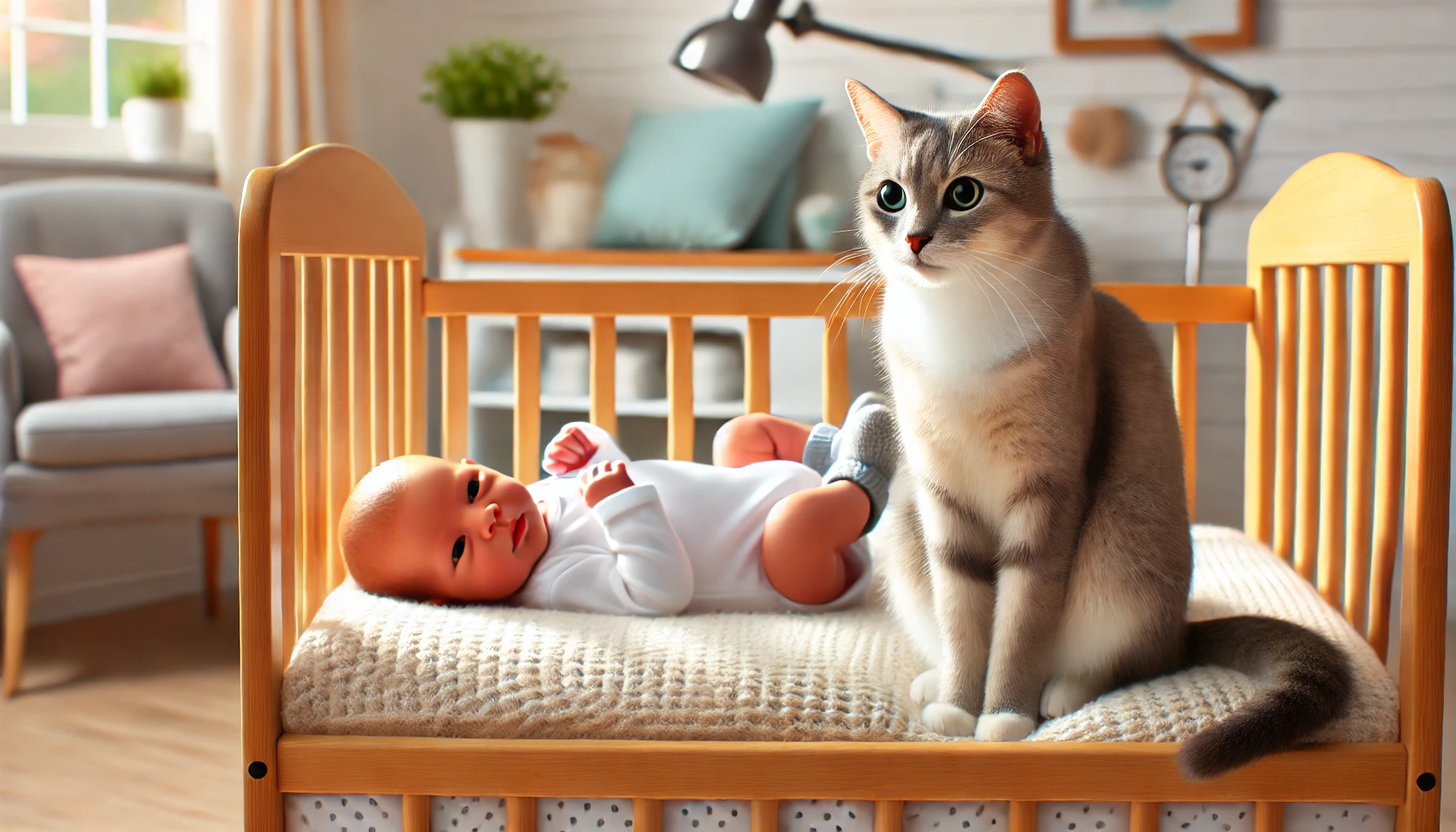
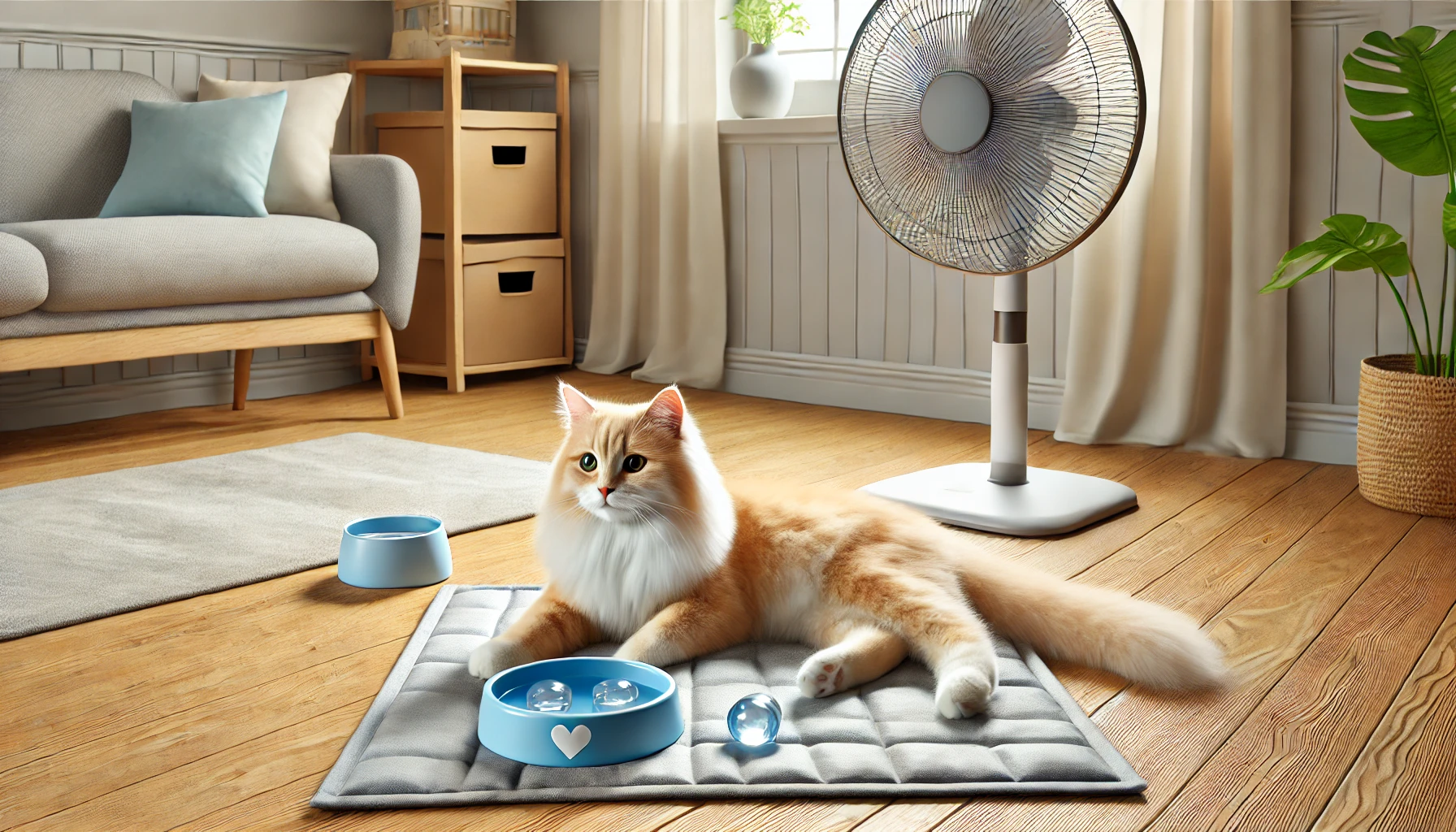
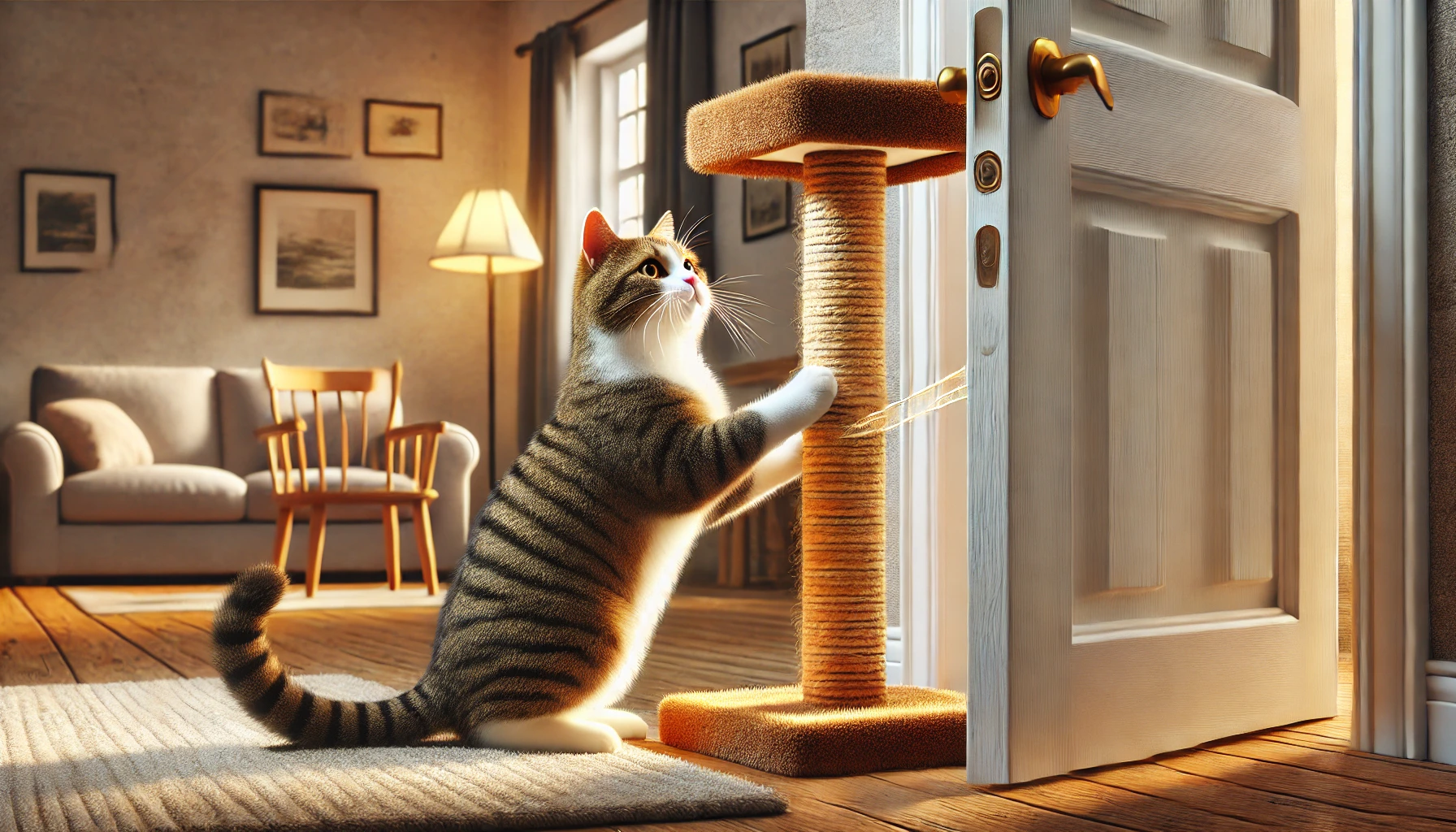
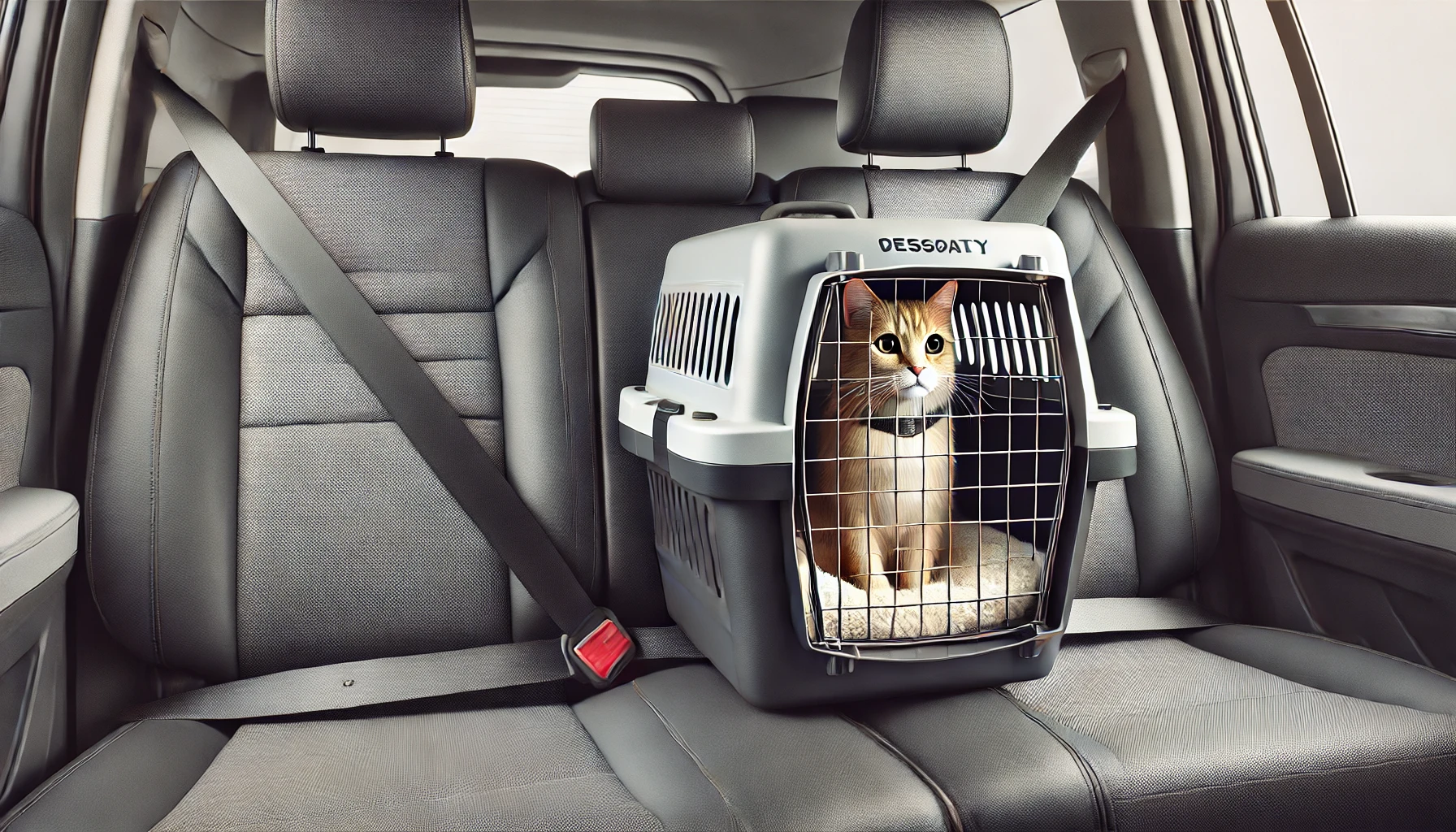
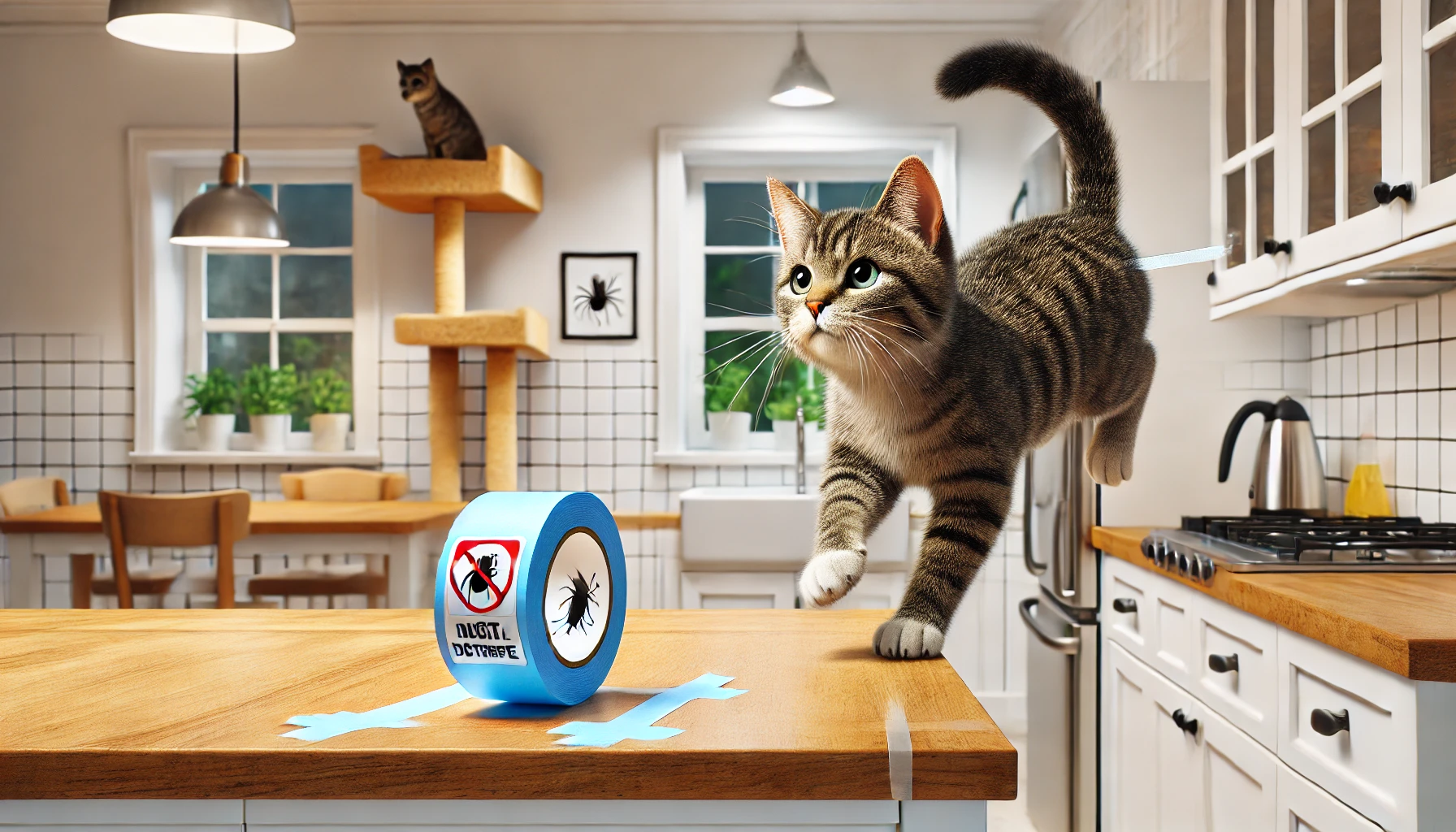
1 thought on “How to Introduce Your Cat to a New Baby”